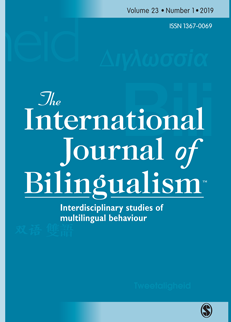Aims and objectives:
I review several methods of constructing bridges between structural linguistic variation in language contact situations and linguistic attitudes and prestige.
Methodology design:
Data are examined for heritage varieties of Cantonese, Faetar, Italian, Korean, Polish, Russian and Ukrainian spoken in Toronto, Canada, and in the corresponding homeland varieties, in an effort to consider how the notions of ‘prestige’ and ‘attitude’ are best operationalized in heritage language studies and to seek associations between structural variation and prestige. Linguistic variation is explored via multivariate analysis of (linguistic and) social factors, in order to determine which factors best account for the selection of competing variants of selected sociolinguistic variables (primarily null subject variation and voice onset time) in spontaneous speech. The attitudinal or prestige aspect is explored in several ways: comparison of ethnolinguistic vitality, language status (in popular and academic media) and ethnic orientation. It is hypothesized that:
- communities with a higher ethnolinguistic vitality will be more resistant to contact-induced variation;
- varieties exhibiting more contact-induced variation will more likely have acquired a label distinct from the homeland variety;
- within a generation, speakers with greater affinity for or more frequent use of English will show stronger contact effects; and
- successive generations of speakers, with increasing contact with English, will show greater contact effects.
Conclusions/originality/significance:
These hypotheses are not supported by our data.
Publication Type
- Article



